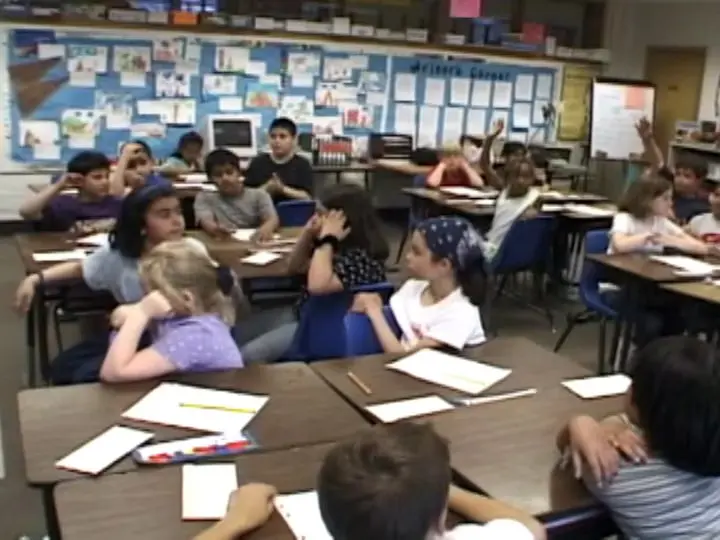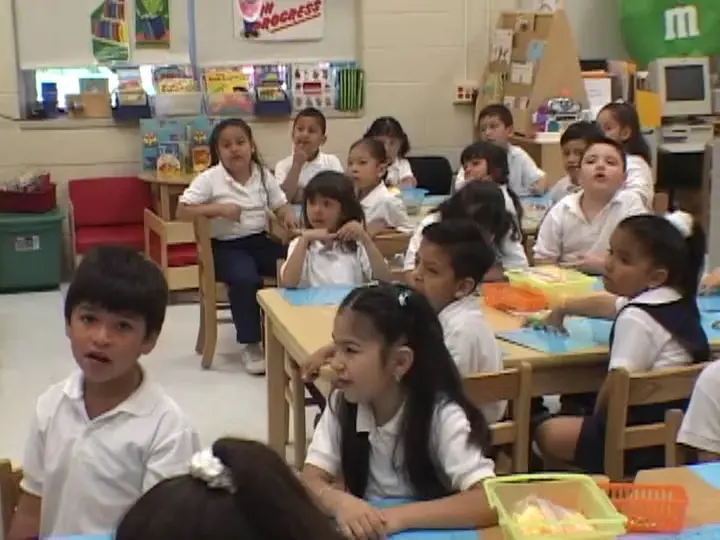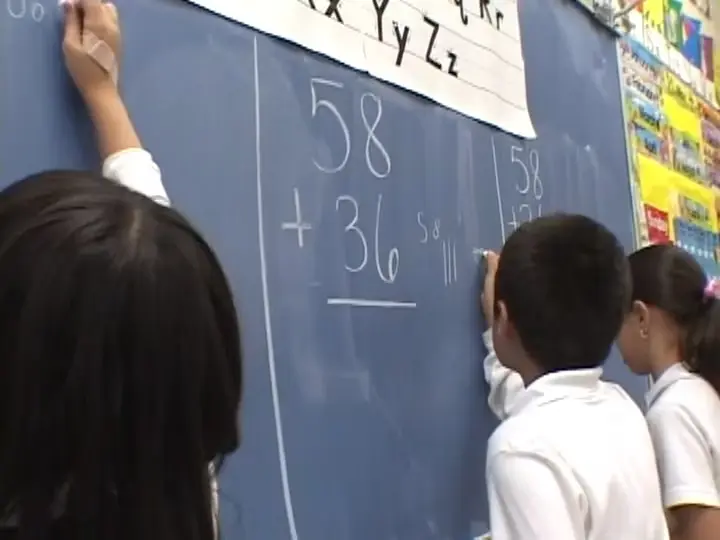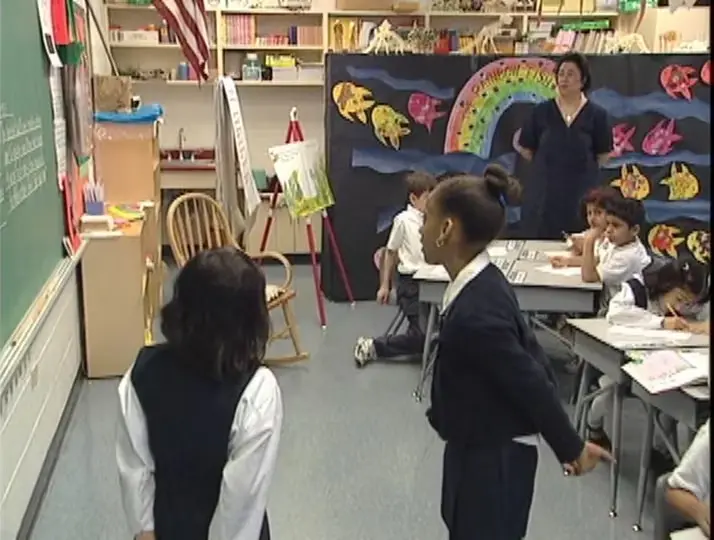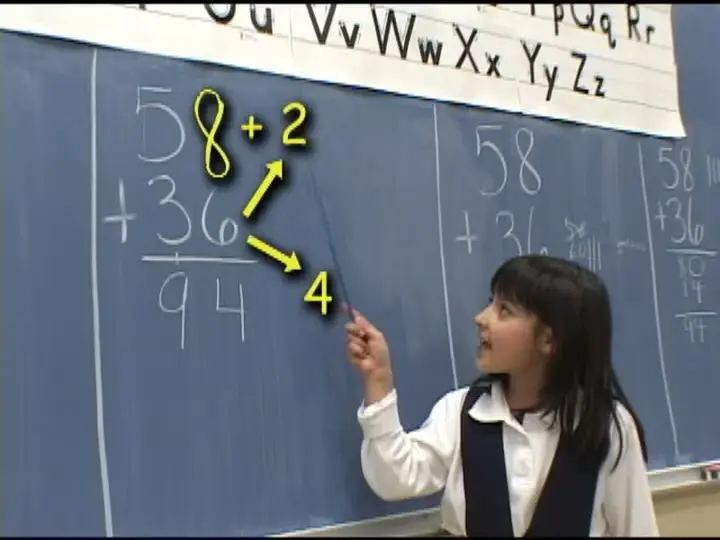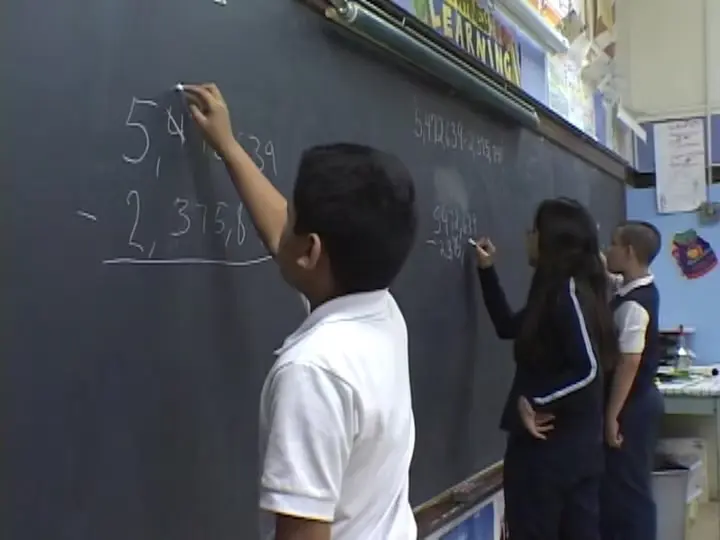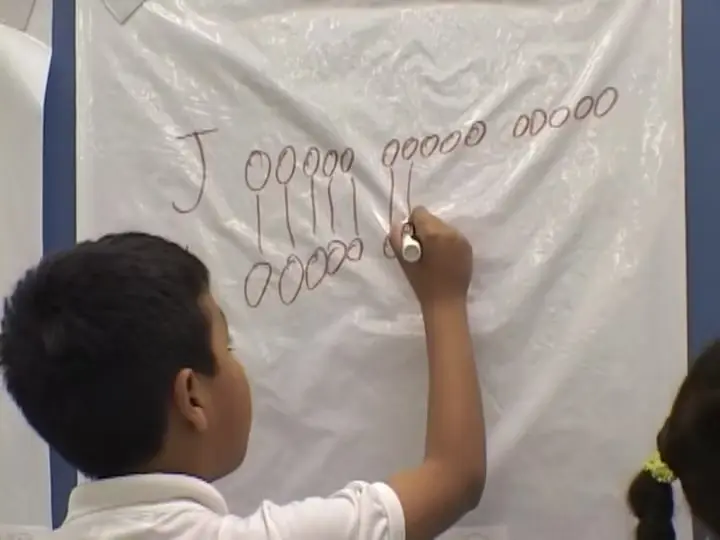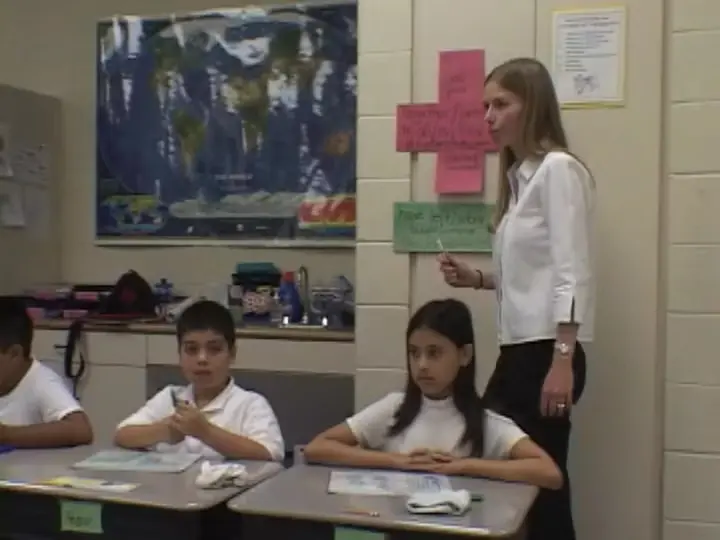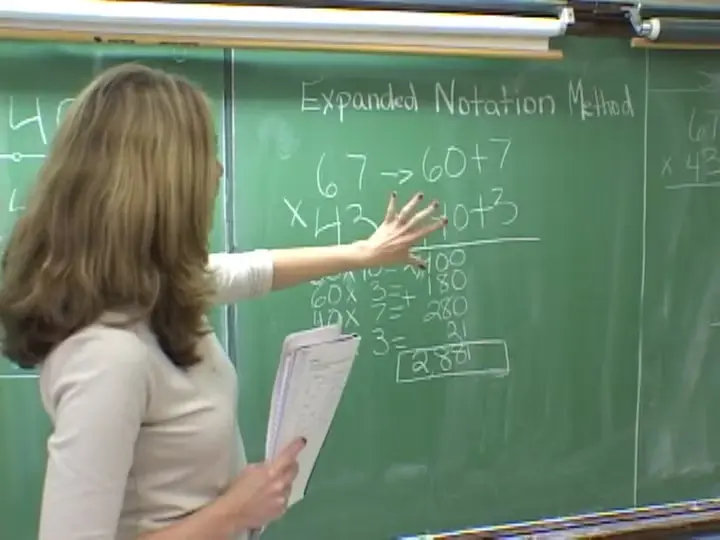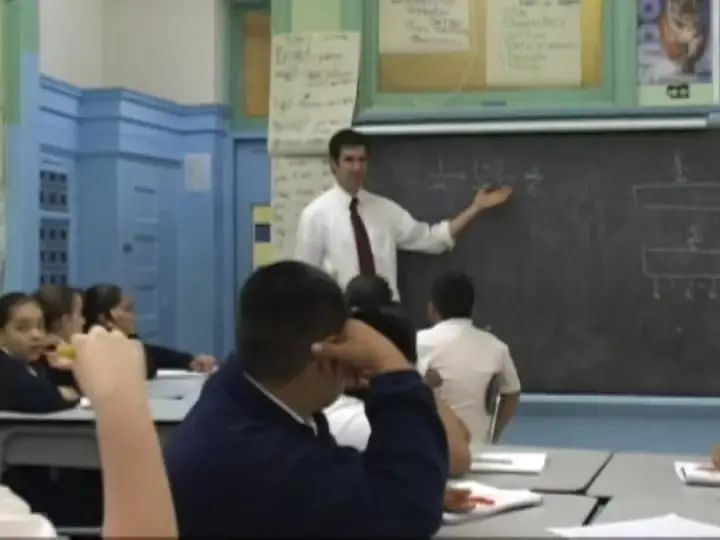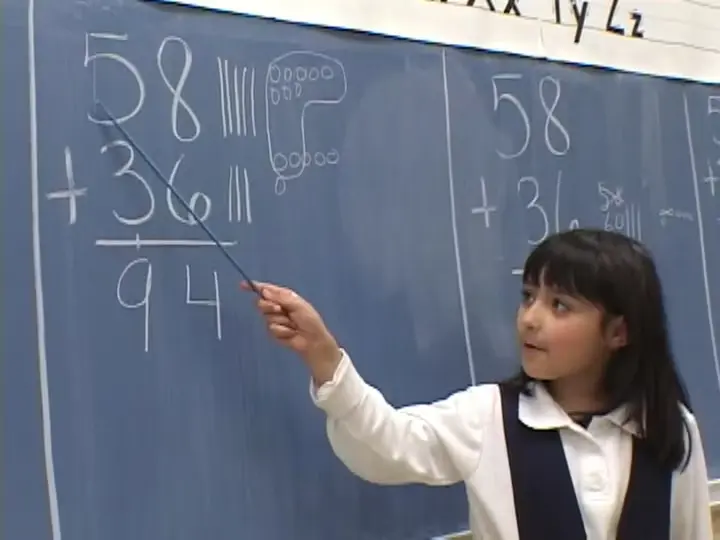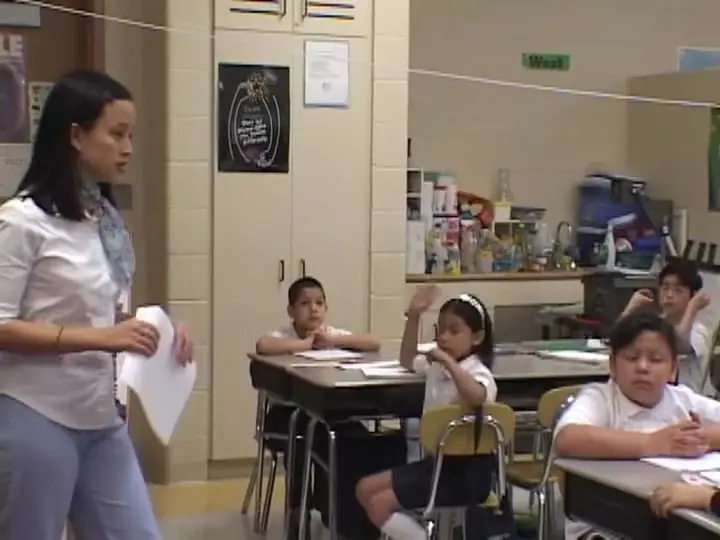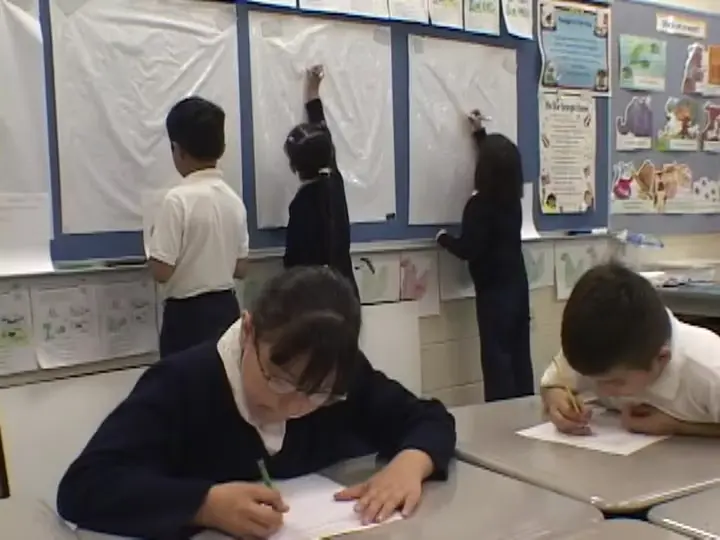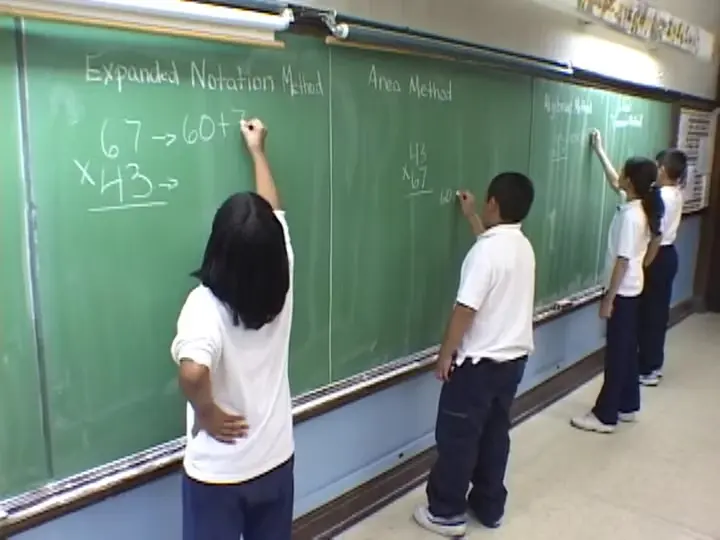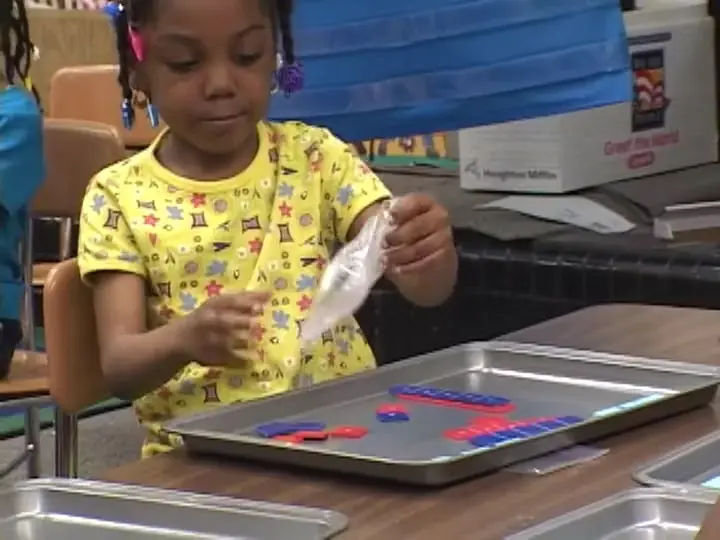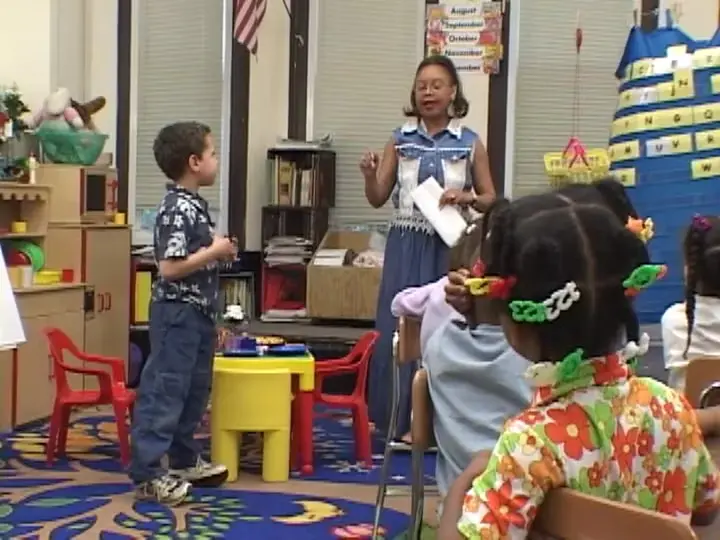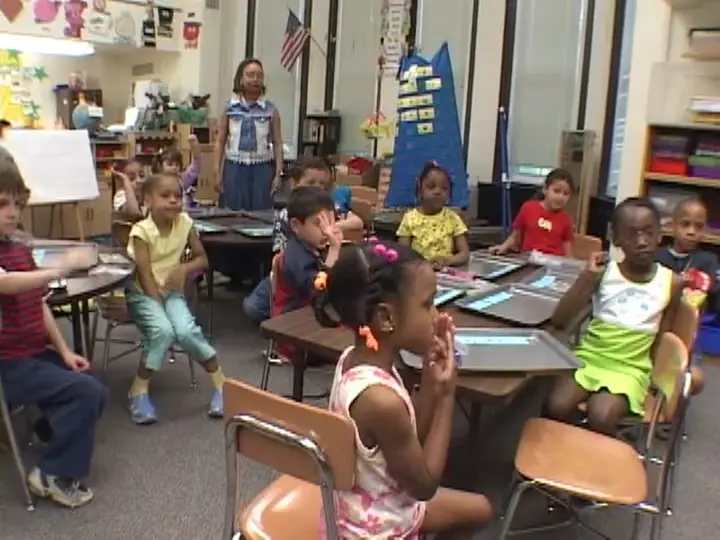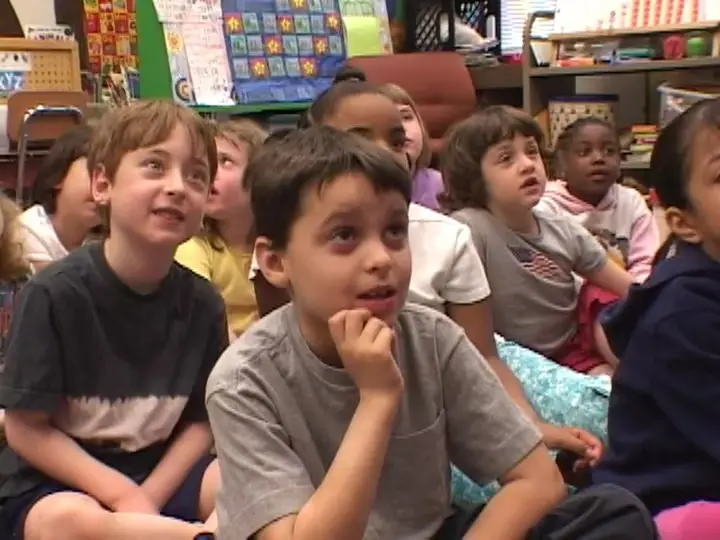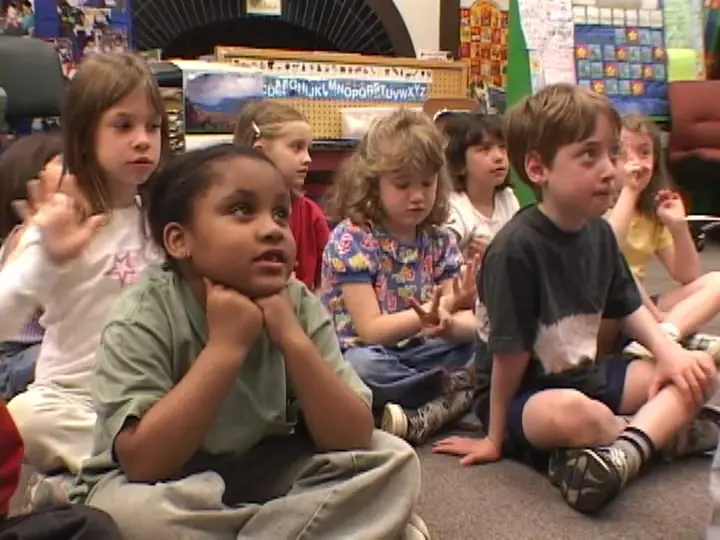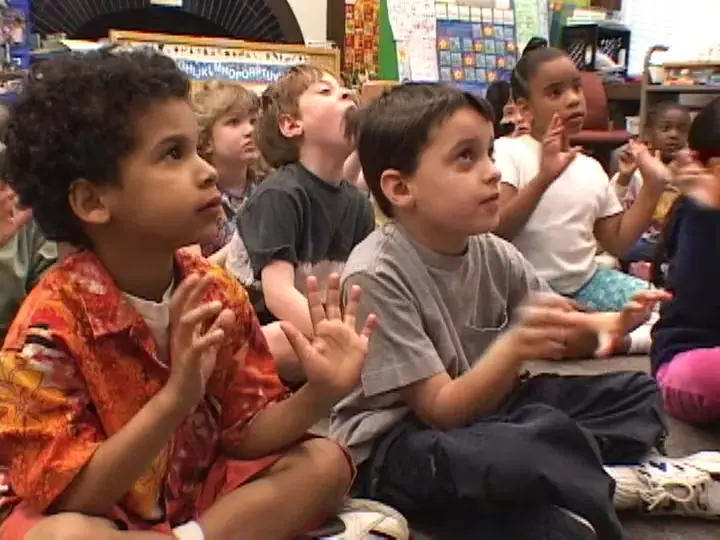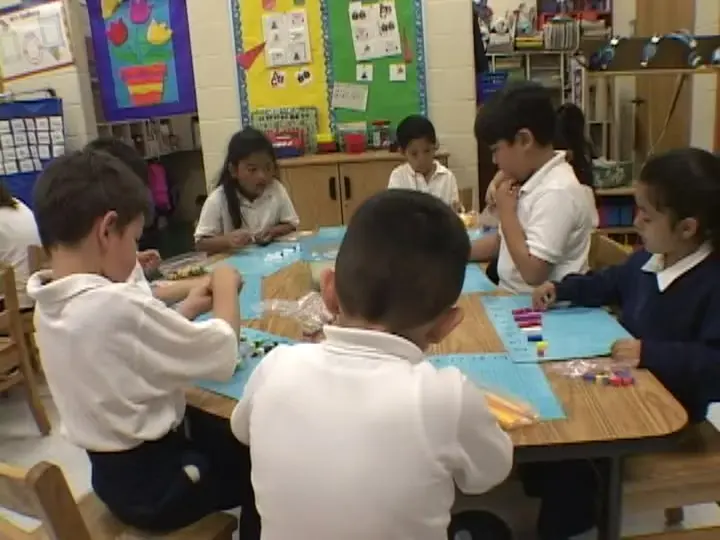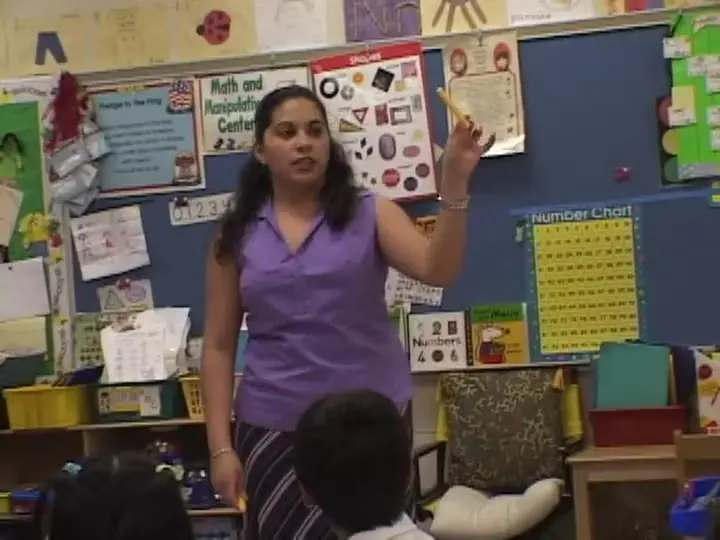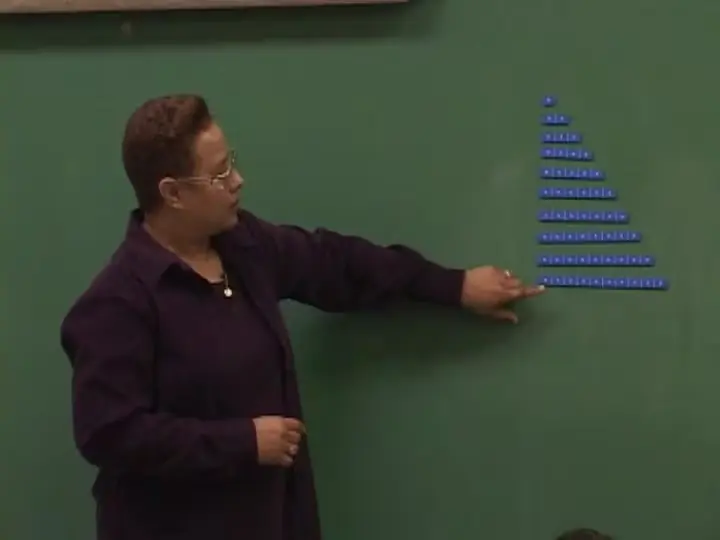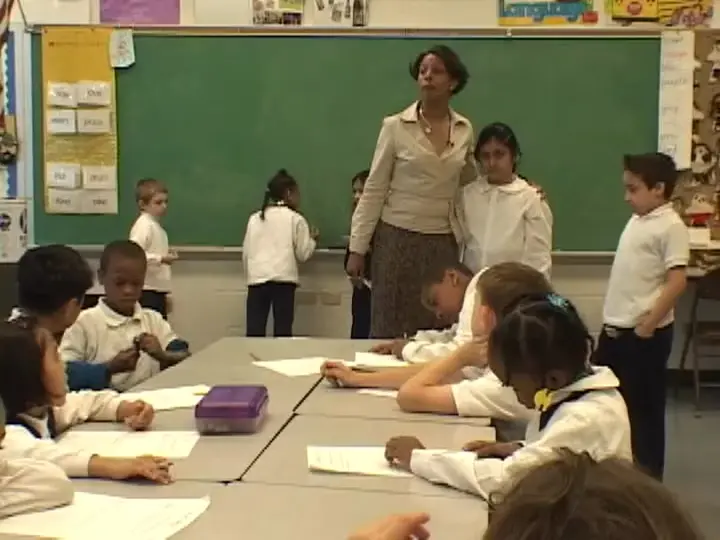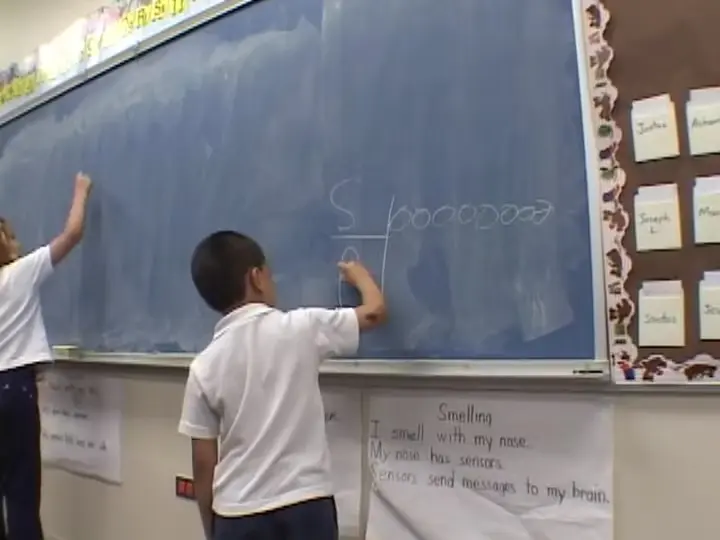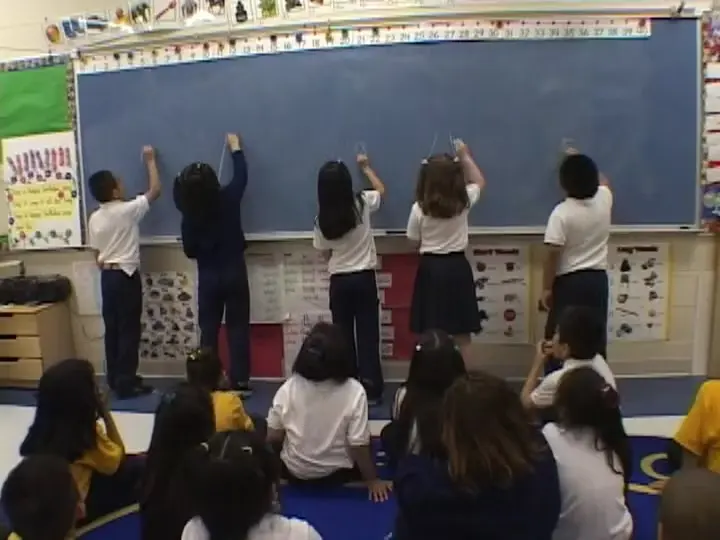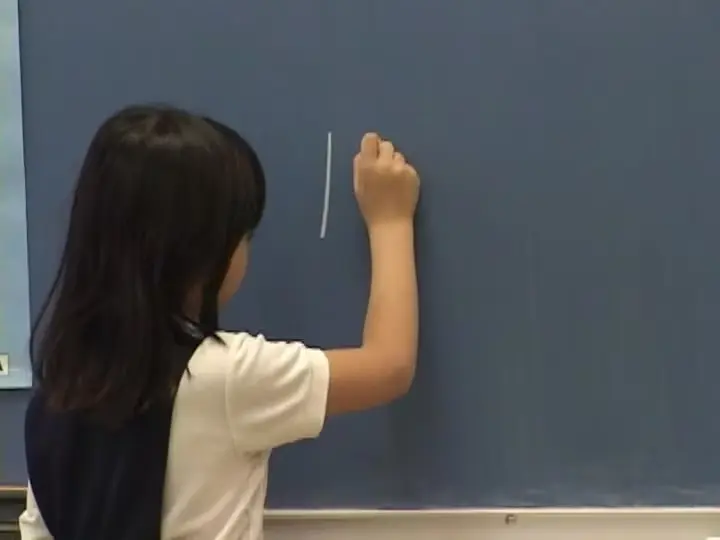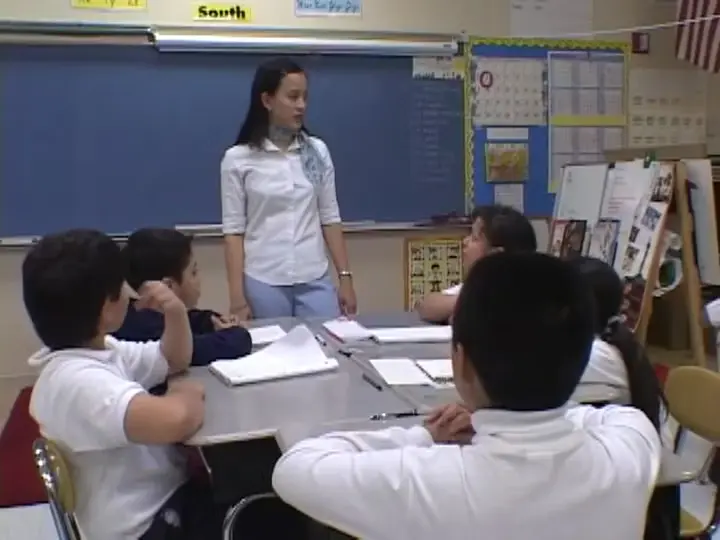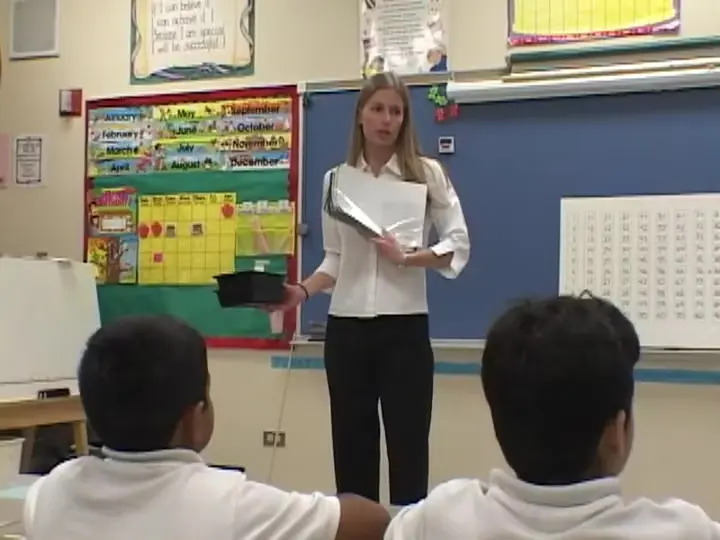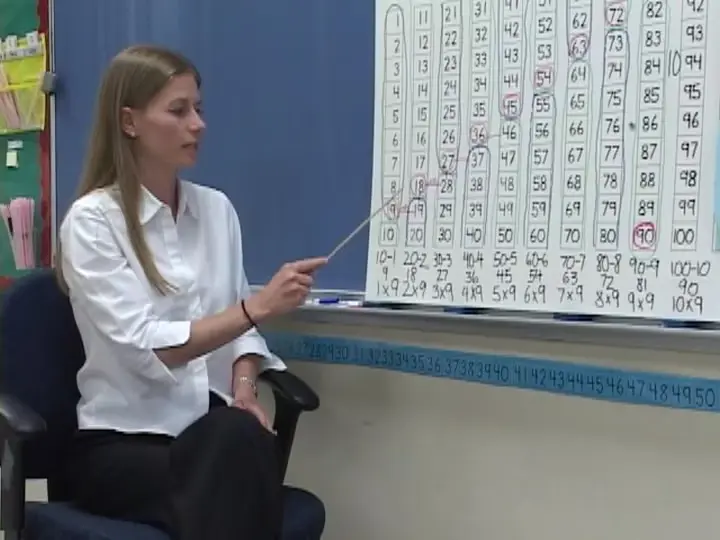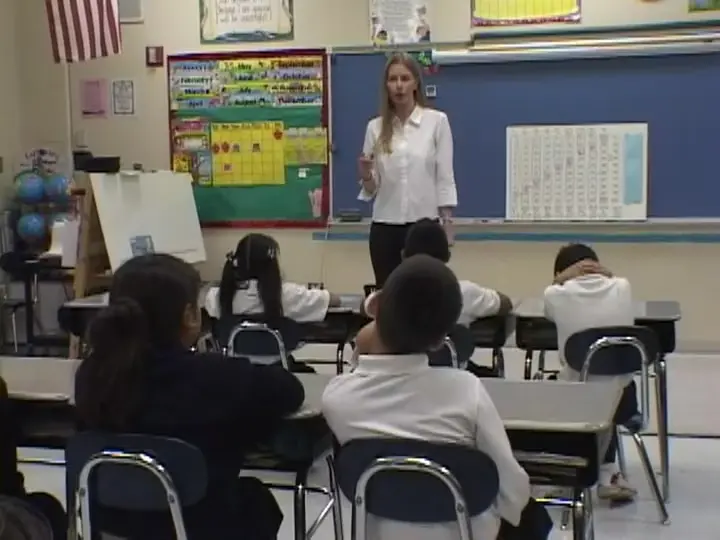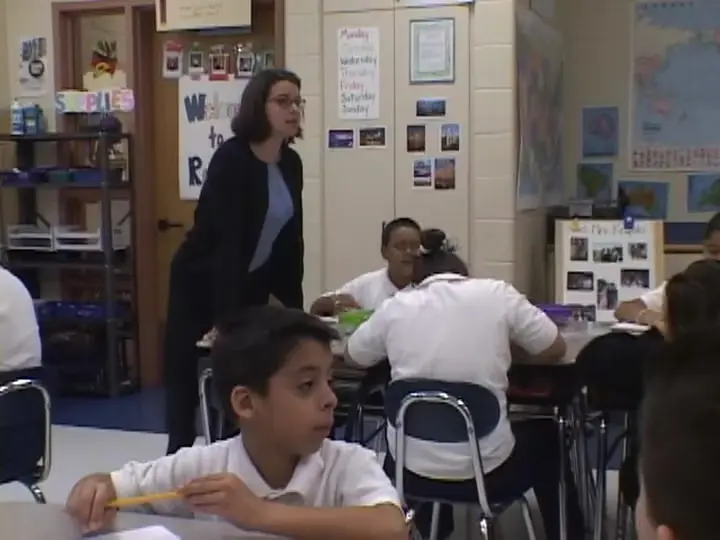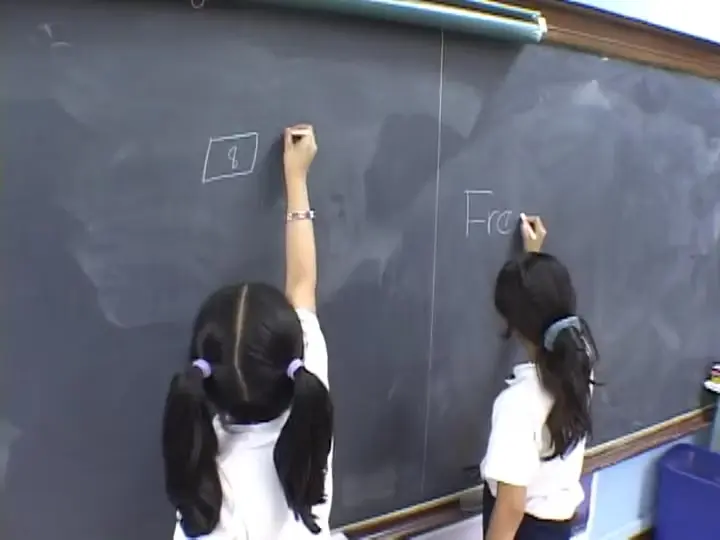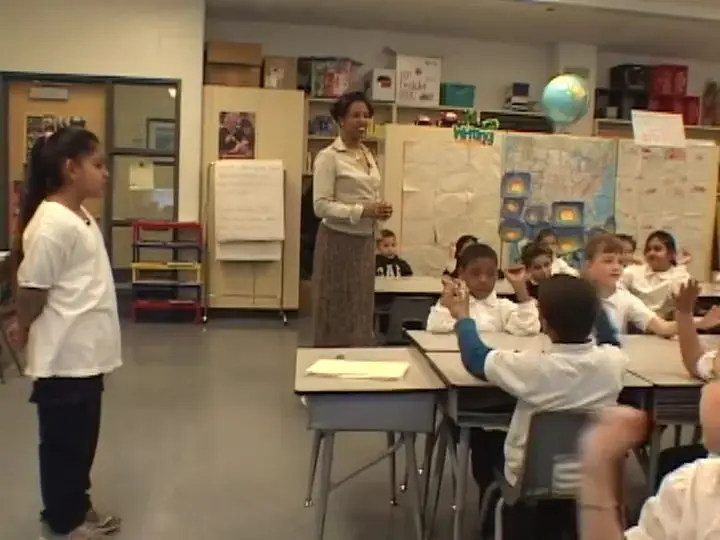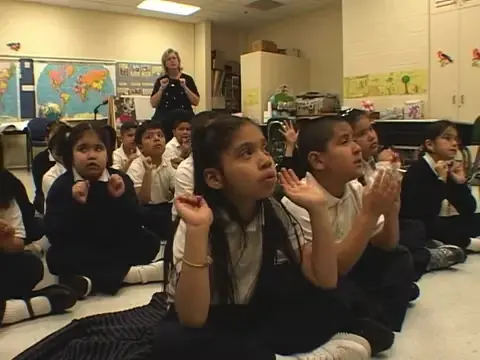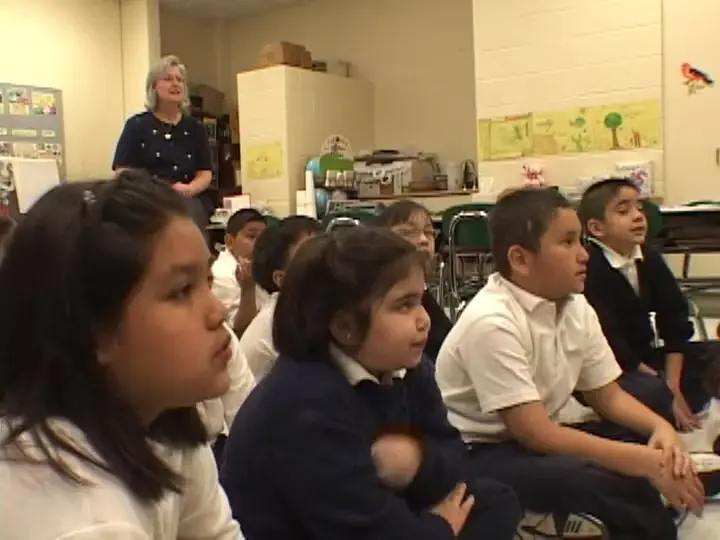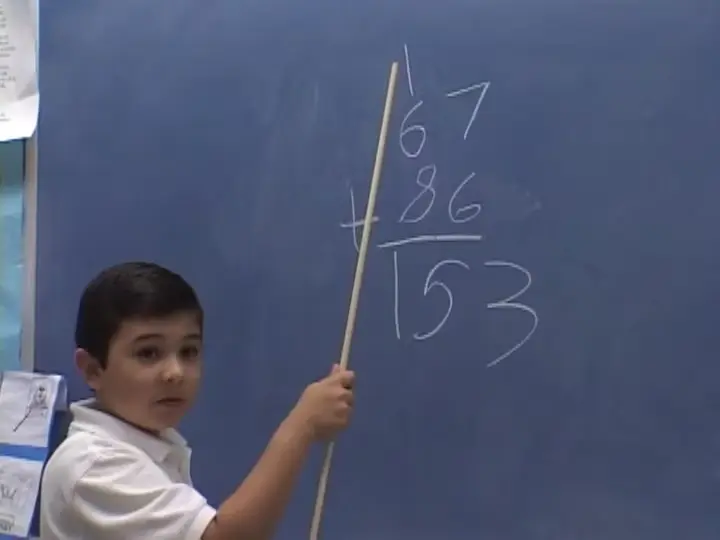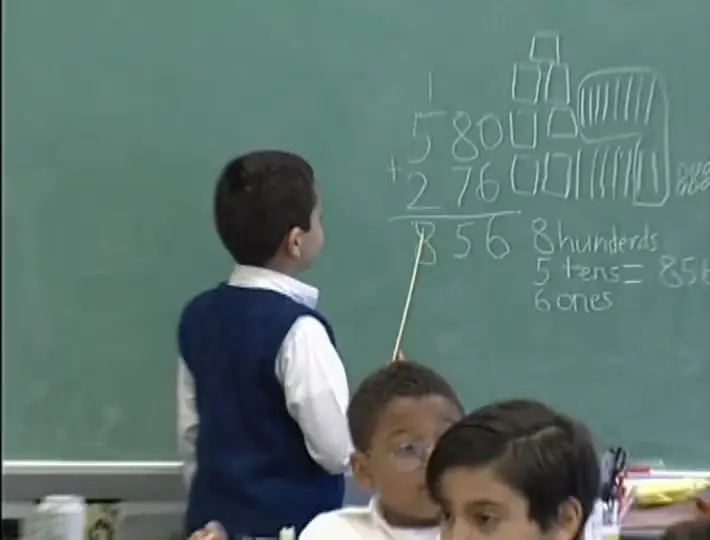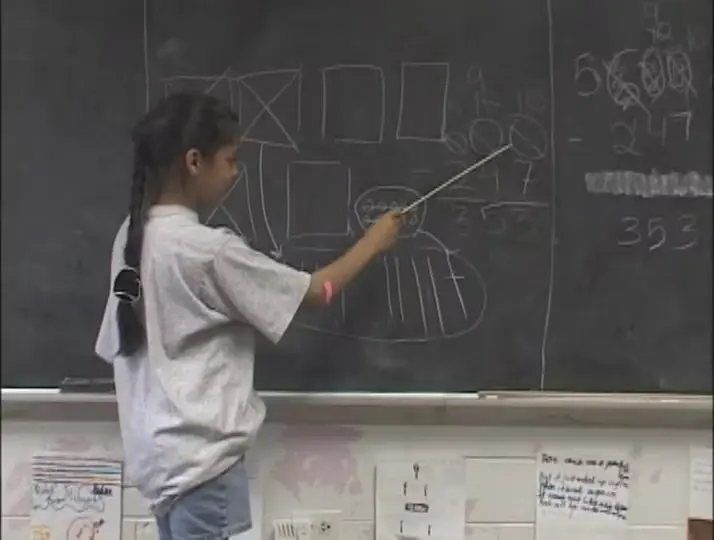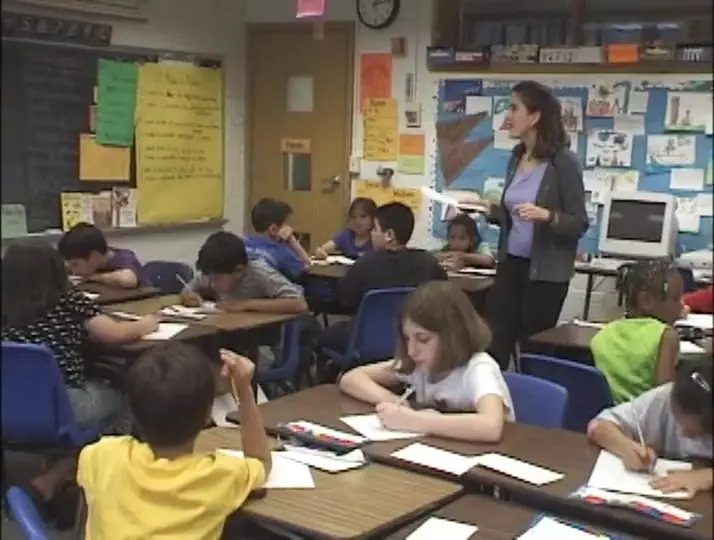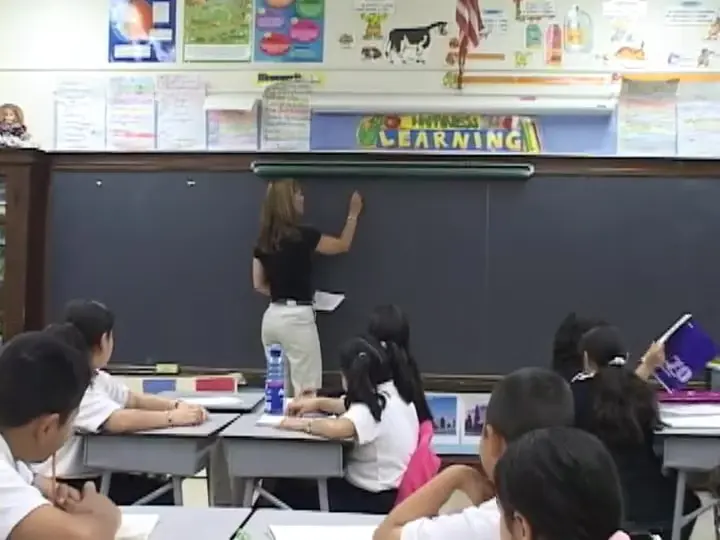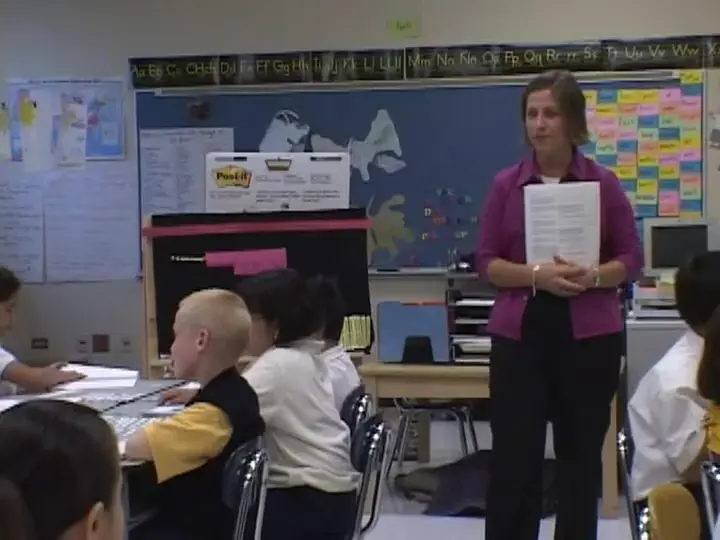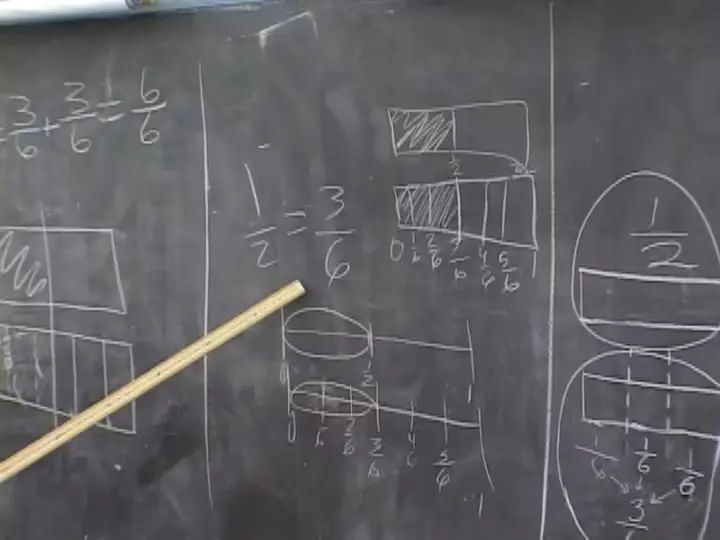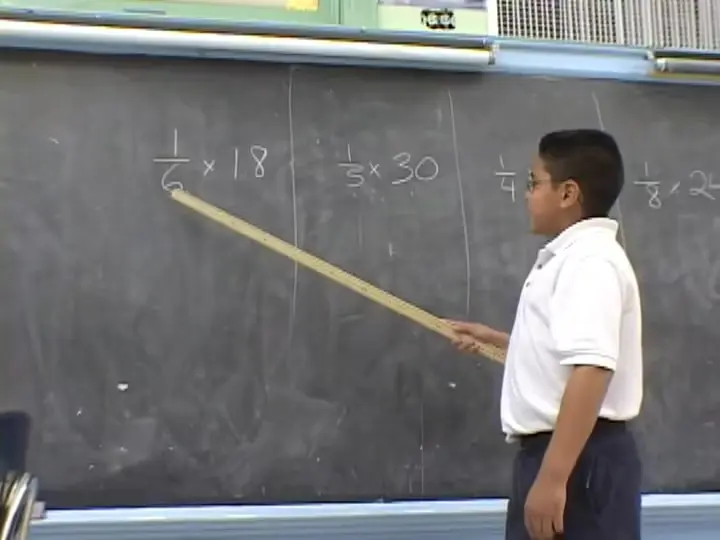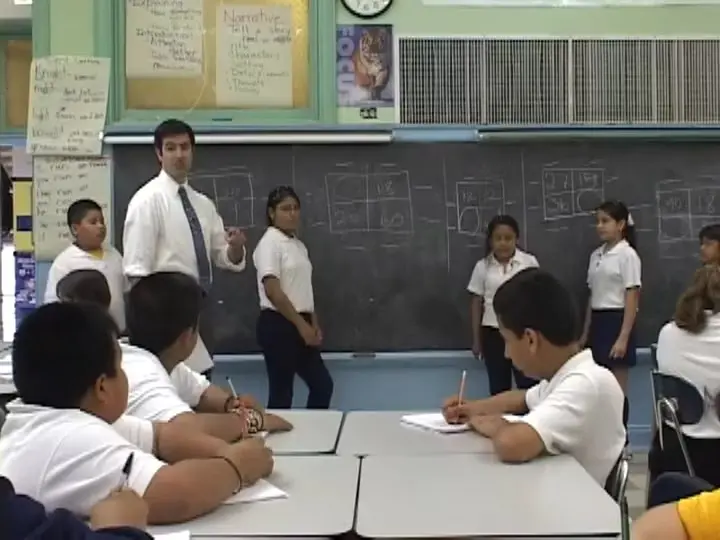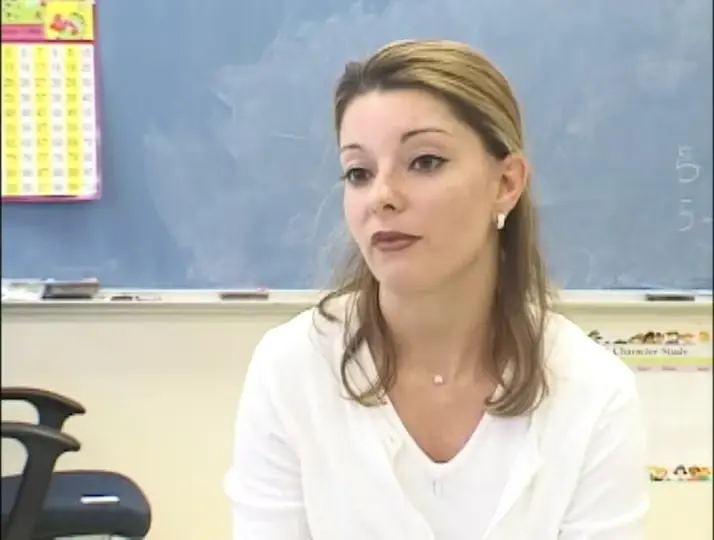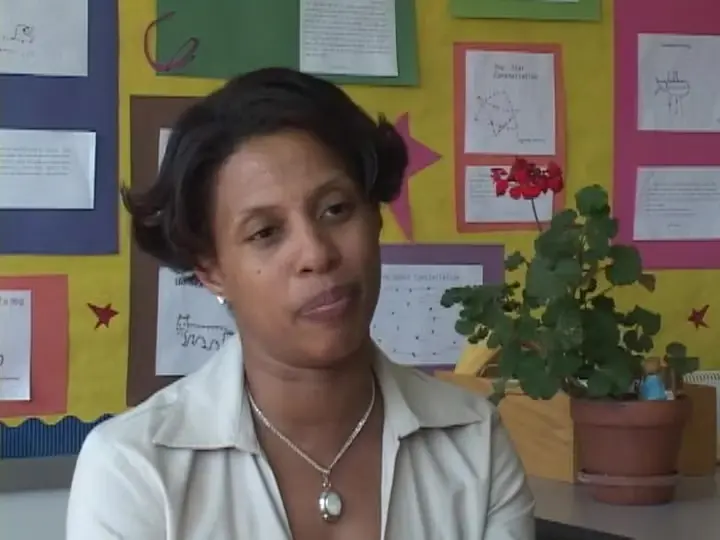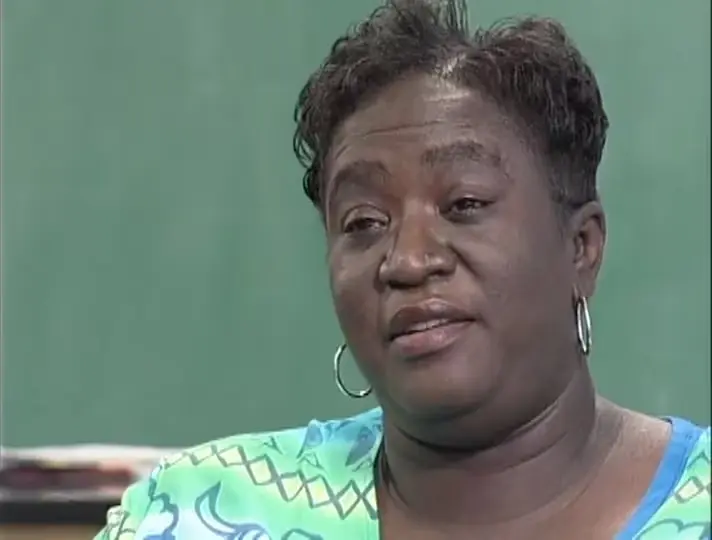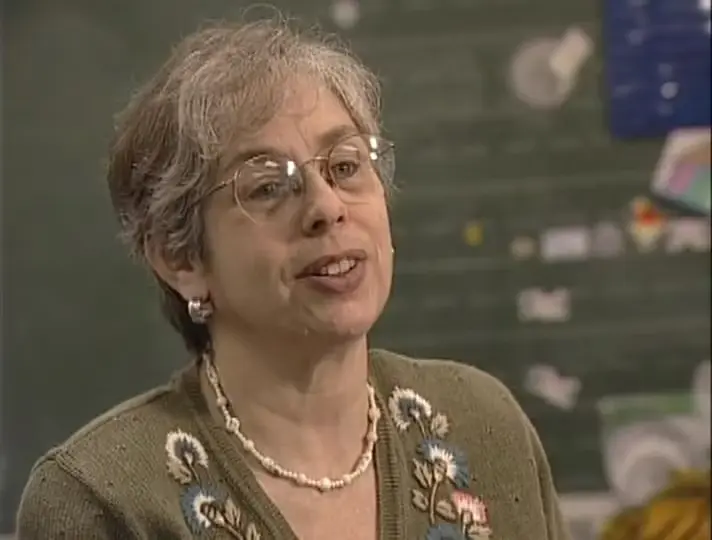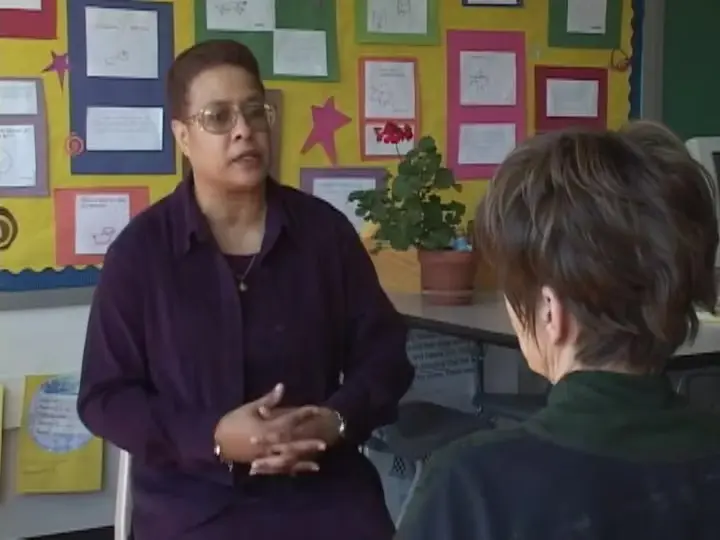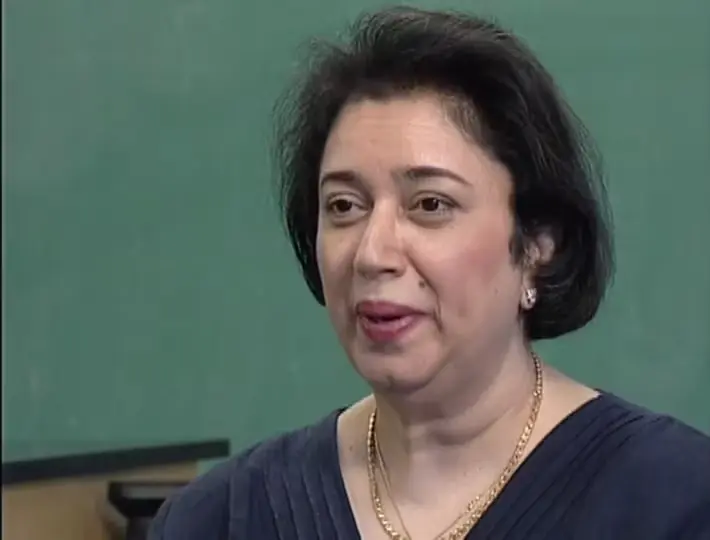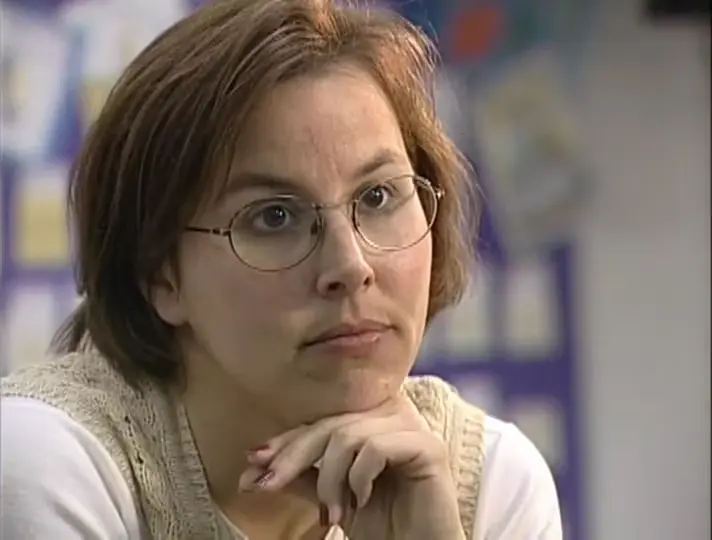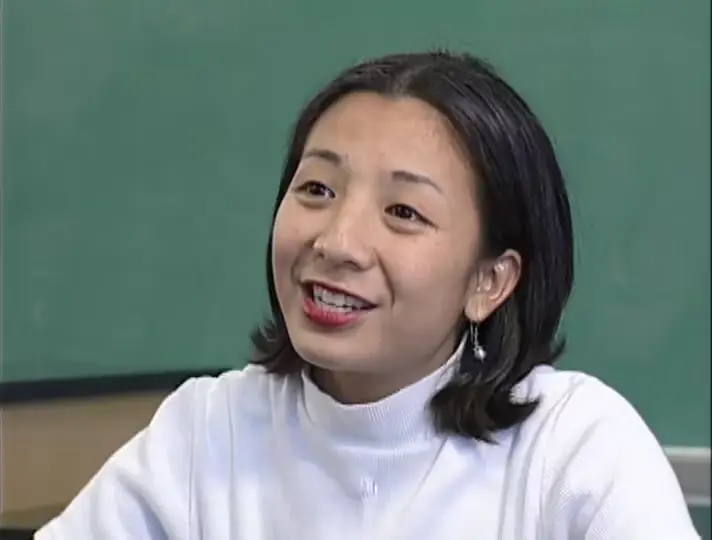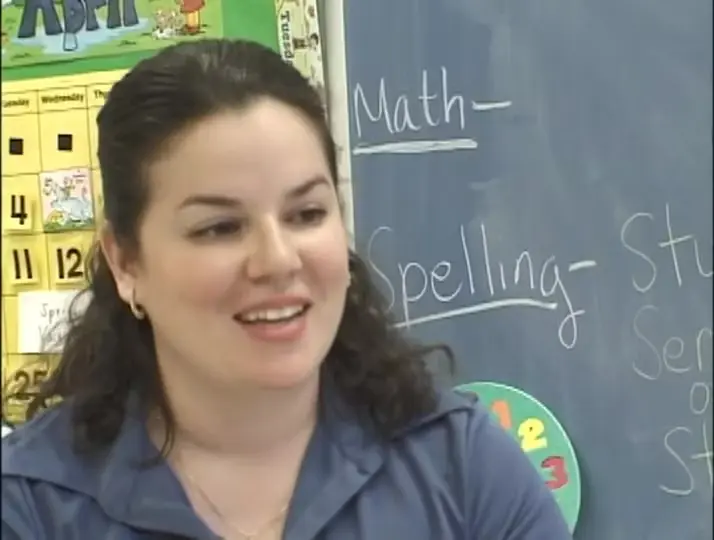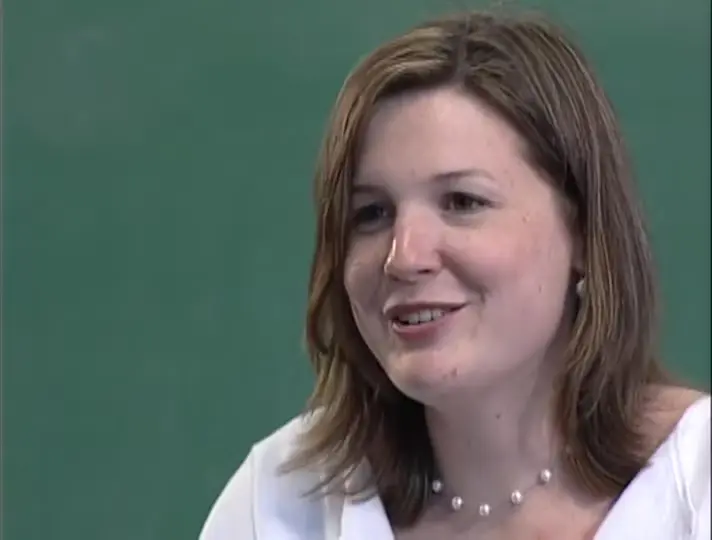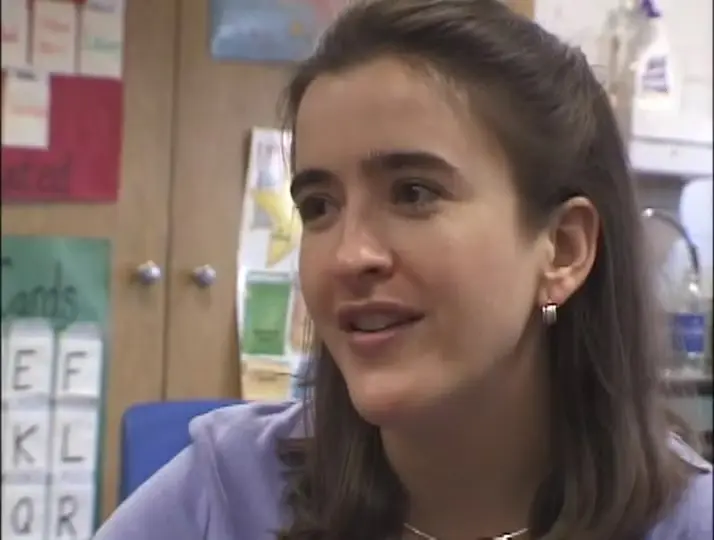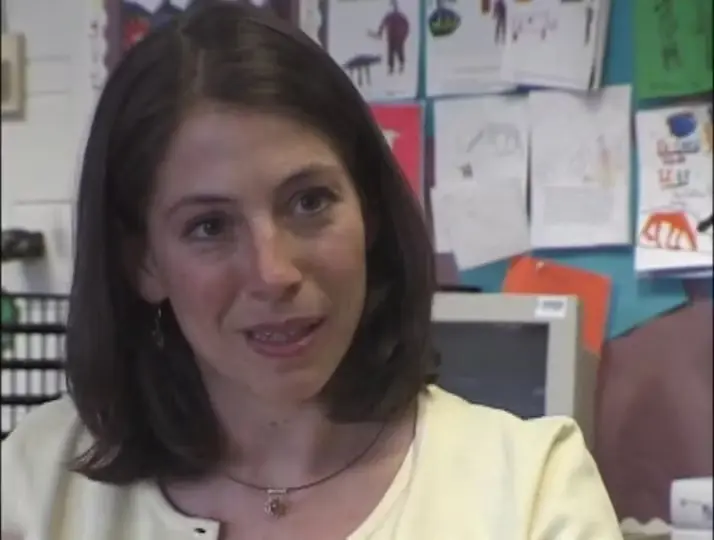Visual Representation of Mathematical Concepts

The National Science Foundation funded A Video Research Report of the Children’s Math Worlds Research Project to show the levels of learning possible by children from backgrounds of poverty who experience good teaching. The classroom videos were taken in four public schools, three high-poverty urban schools with some to most students speaking a native language other than English and a suburban school with immigrants from many countries. The classrooms you will see were built by the continuing efforts of many dedicated teachers, students, parents, school administrators, and members of the Children’s Math Worlds research team. Language and ideas of students, teachers, and parents were woven into the curriculum as it was revised each year.
The project had a strong emphasis on children explaining their thinking and on using math drawings developed in the project to support student thinking and explaining. None of our teachers had learned math in this way, so they were all brave pioneers in learning how to create such classrooms. All classrooms are complicated places, and no teaching segment can be perfect. We can all have ideas about how to change things the next time. I am enormously proud of and grateful to these teachers for being willing to share their classrooms so that everyone can see what students can do if we support them in their thinking. The Teaching Progressions show in more detail the learning progressions students experienced to reach the points shown on these Classroom Videos. Scroll down to find the Classroom Videos you wish to watch.
Classroom Videos:
Click on the titles below to scroll automatically to that set of videos.
When the video starts, click on the bottom far right 4-pointed design to have the video appear on the full screen.
Click on that design again after the video ends to leave the full-screen format.
If nothing happens, press the ESC key on the top left to leave the full-screen format.
A - Classroom Components describes and shows many examples of lessons that are crucial for understanding and moving to fluency. [40 minutes; 7 parts]
B - Math Explanations shows examples from many different classrooms interspersed with explanations by me of the main aspects of the research-based Children’s Math Worlds approaches to each topic. [45 minutes; 6 parts]
C - Longer Classroom Teaching Examples show students making drawings for and then explaining each of the Children’s Math Worlds approaches described in B Math Explanations. [51 minutes; 5 parts]
D - Kindergarten shows children using special meaning-making visual supports from the Children’s Math Worlds Project: objects grouped in ten, five, and singles; secret-code cards in which the ones number goes on the 0 in 10; fingers using groups of ten, five, and singles. [20 minutes; 8 parts]
E - G1 Single-Digit Addition and Subtraction shows first-graders finding and discussing partners of 9 and using the Children’s Math Worlds progression of methods and math drawings to represent and solve word problems and numeral problems with the total a teen number. [31 minutes; 5 parts]
F - G3 Single-Digit Multiplication and Division shows third-graders finding, explaining, and using patterns of 4 and 9 to multiply and divide. They also write, share, and discuss word problems for three types of division situations. We also see fourth-graders use comparison bars to represent and solve additive and multiplicative comparison problems. [57 minutes; 6 parts]
G - Place Value and Multidigit Addition and Subtraction shows first and second graders using dime, nickel, and penny strips to practice counting to 2-digit numbers and second graders comparing numbers and finding all eight related equations for 25 + 75 = 100. Second graders explain the Children’s Math Worlds methods for adding 2-digit and 3-digit numbers and for subtracting 3-digit numbers and relate the written methods to math drawings. Fourth graders explain three different written subtraction methods for 7-digit numbers. [32 minutes; 8 parts]
H - G3 & G5 Fractions and Ratios shows third and fifth graders finding and explaining equivalent fractions in different ways: using rows of the multiplication table to show many equivalent fractions and drawing fraction bars and/or fraction number lines. Fifth graders practice a unit fraction times a whole number and solve puzzles made from two intersecting rows and columns of a multiplication table. [19:40 minutes; 4 parts]
I - Teacher Interviews Grade 1 shows Grade 1 teachers discussing innovative and important aspects of the teaching they are doing for the Children’s Math Worlds Project and how they build their classrooms. You can see the classrooms of these teachers in action in some parts of the Classroom Videos E G1 Single-Digit Addition and Subtraction, G Place Value and Multidigit Addition and Subtraction, and A Classroom Components. [18:32 minutes; 6 parts]
J - Teacher Interviews Grades 2 and 3 shows Grade 2 and Grade 3 teachers discussing innovative and important aspects of the teaching they are doing for the Children’s Math Worlds Project and how they build their classrooms. You can see the classrooms of these teachers in action in some parts of the Classroom Videos F G3 Single-Digit Multiplication and Division, G Place Value and Multidigit Addition and Subtraction, and A Classroom Components. [25:22 minutes; 6 parts]
A - Classroom Components
You can reach additional parts by clicking on the red arrow on the right of Part 3.
B - Math Explanations
You can reach additional parts by clicking on the red arrow on the right of Part 3.
C - Longer Classroom Teaching Examples
You can reach additional parts by clicking on the red arrow on the right of Part 3.
D - Kindergarten
You can reach additional parts by clicking on the red arrow on the right of Part 3.
E - G1 Single-Digit Addition and Subtraction
You can reach additional parts by clicking on the red arrow on the right of Part 3.
F - G3 Single-Digit Multiplication and Division
You can reach additional parts by clicking on the red arrow on the right of Part 3.
G - Place Value and Multidigit Addition and Subtraction
You can reach additional parts by clicking on the red arrow on the right of Part 3.
H - G3 & G5 Fractions and Ratios
You can reach additional parts by clicking on the red arrow on the right of Part 3.
I - Teacher Interviews Grade 1
You can reach additional parts by clicking on the red arrow on the right of Part 3.
J - Teacher Interviews Grades 2 and 3
You can reach additional parts by clicking on the red arrow on the right of Part 3.
